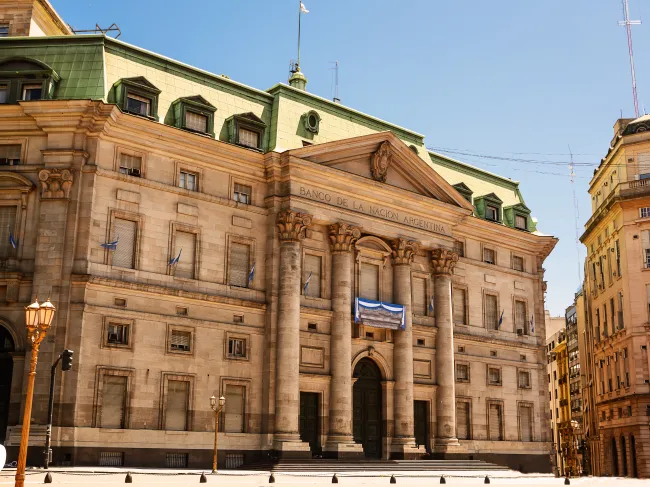This note serves as a rejoinder to Philipp Bagus’ recent response to my comment. I will not comment on all the issues raised in his response, but focus on the most important points.
Professor Bagus agrees with me that “if the central bank disappeared, so would its loans to commercial banks.” But then he goes on to claim that the commercial banks “would write down the corresponding assets and liabilities on their balance sheets. Reserve requirements would also vanish. Thus, the disappearance of the central bank itself would not create deflationary pressure via reserve regulations.”
Bagus here argues that the disappearance of legal reserve requirements would neutralize the massive write-downs of bank credits following the disappearance of central bank loans. All in all, therefore, there would be no not reduction of fiduciary media, and therefore no price-deflationary pressure.
This is utterly implausible for two main reasons. One, the disappearance of legal reserve requirements would not mean that banks no longer hold any (prudential) cash reserves at all. Two, the most important reason why commercial banks can operate with exceedingly low cash reserves is that they benefit from unlimited emergency credit lines with their central banks. If the national central bank is shut down, then the commercial banks will be obliged to hold substantially higher reserves than before. And when increasing cash reserves combine with massive write downs of bank credits, the inevitable consequence is a strongly shrinking stock of fiduciary media, along with corresponding price-deflation.
Philipp Bagus also argues that a peso hyperinflation would be possible at a constant money stock. It could be the result of an imploding demand for pesos, and Bagus argues that this would have happened if the central bank had been closed right at the very onset of the presidency of Javier Milei.
I beg to differ in my assessment and offer three reasons.
One, I have never heard or read about such a thing in real life.
Two, the demand for pesos could not have completely evaporated, because pesos were still needed to pay taxes. It would not have imploded also for another reason, namely, because such evaporation typically happens only progressively, taking at least a few months. Thus, the immediate and massive impact of the closure of the central bank, with the corresponding immediate and massive impact on the base money supply would have met a much more moderate decline on the side of the demand for money. No hyperinflation would have come about.
Three, even if we accept Philipp Bagus’ contentions for the sake of argument, he runs into another difficulty of an even more basic nature. The havoc resulting from hyperinflations springs from the fact that they paralyze more or less the entire country for a protracted period of several months or even a few years. But a Bagusian hyperinflation would be not of this sort. It would be gone before it even started. All market participants would switch from pesos to dollars overnight. They would be so much in a rush to get rid of their pesos that it is unclear who would actually wish to receive pesos at all. Where would the hyperinflation show up in this scenario? More importantly, where is the damage in this hyperinflation without tears?
In other words, Professor Bagus needs to make up his mind. Either he argues that the demand for money implodes to such an extent that a hyperinflation results at a constant (or rather shrinking) money stock, but then it is difficult to see why this implosion should not be hailed as a swift reformation of the monetary system. Or he concedes that the demand for money does not shrink at lightning speed, but then there will be no hyperinflation at all.
In conclusion, let me state for the record that I do not recommend tax-financed transfers during the transition phase of a monetary reform. What I had in mind are large tax brakes on charitable donations and the elimination of regulatory requirements (reporting, building codes, etc.) that might burden the operations of self-help organizations.


